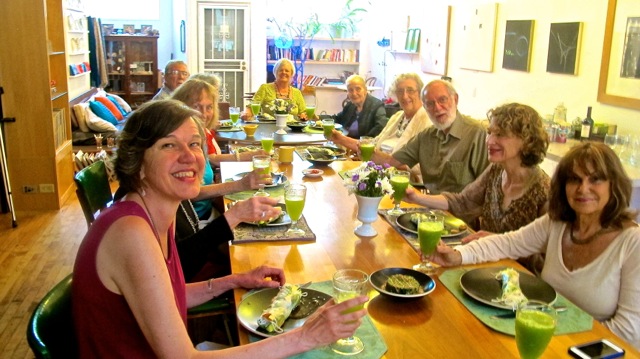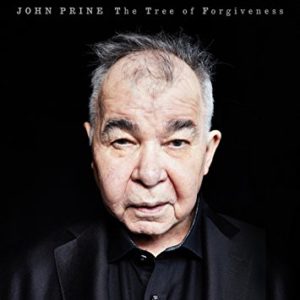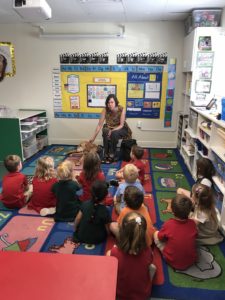Will the marriage survive? Tune in to The Download on WGN Radio Wednesday night to find out
May 6, 2018 • 3 Comments • Posted in memoir writing, radio, teaching memoirJustin Kaufmann, host of The Download will have his hands full during this Wednesday’s “Writing Out Loud” episode on WGN Radio: there’ll be three of us in the studio with him.
Bruce and Anne Hunt are two writers whose stories intertwine with mine in my latest book Writing Out Loud. One thing the two of them have in common – and appreciate in each other – is an independent streak. For ten years Bruce has been in one memoir class I lead, and Anne has been in another. They liked it that way.
Bruce grew up in Boston, where his father was a partner in the family law firm. As an only child Bruce was expected to attend Harvard and follow suit. He opted for divinity school instead, fell in love, and married Anne while they were both students at the University of Wooster. They celebrated their 60th wedding anniversary this past year.
Bruce was eventually ordained, and while he never led any particular church, he makes good use of his sermon voice – and his openminded spirit – when reading and listening to essays read out loud in class on Thursday afternoons.
Anne has always liked to write, but she had an entrepreneurial side to her, too. When their three daughters were young, she joined other parents to start an innovative preschool in Chicago. Well-known for her cooking, baking, and gardening skills, Anne turned to writing for food businesses once the girls were in school.
During this eight-week session of classes at The Village Chicago Anne and Bruce have decided to enroll in the same class. We met for the first time last Thursday, and after all these years of marriage, the way that Anne and Bruce feel about each other shines through in their essays. Hearing Anne read an essay, and then having Bruce read his work…it’s like listening to love stories in stereo.
But can it last? Why did they decide to enroll in the same class? Will their marriage survive? Tune in to Wgn Radio at 9 pm this Wednesday, May 9, 2018 to find out answers to these –and more gripping — questions. You can stream The Download on your computer or mobile device, too, at http://wgnradio.com.





